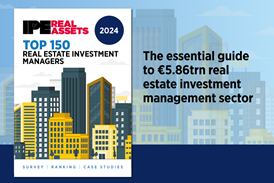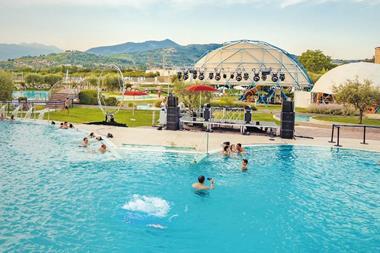End-users of commercial properties in Europe continue to be overlooked in the sustainability equation, according to a new report from Hamburg-based Union Investment Real Estate.
End-users of commercial properties in Europe continue to be overlooked in the sustainability equation, according to a new report from Hamburg-based Union Investment Real Estate.
The potential economic advantages of owners and occupiers working together on green issues still get insufficient consideration in the sustainability strategies of European real estate investors. While new ways of involving users more closely are being piloted in the UK and France, Germany is currently lagging behind in this regard.
Around 40% of UK investors and 70% of French investors plan to introduce green leases as part of their sustainability strategy this year, but only 15% in Germany considered this to be important.
These are some of the key findings of a sustainability study conducted by Union Investment involving 165 decision-makers at property companies in Germany, France and the UK.
'Contractual agreements between landlords and tenants covering compliance with defined green standards during building operation and usage are still in their infancy in Germany,' said Reinhard Kutscher, chairman of Union Investment Real Estate.
He added that a breakthrough would only come when a broad awareness emerges of the economic contribution that sustainable and resource-saving management can deliver for all parties. The publication of recommendations for 'Green leases in Germany' in June 2012 saw the German property sector taking an important first step in that context.
The survey found that the UK continues to lead the way in Europe in terms of sustainability, with France also currently making great strides in this area. In Germany, only 60% of the investors polled believe that occupier behaviour has a significant impact on the environmental performance of a building. In the UK and France, the percentage of investors for whom occupier behaviour is an important factor is significantly higher, at 78% and 85% respectively.










